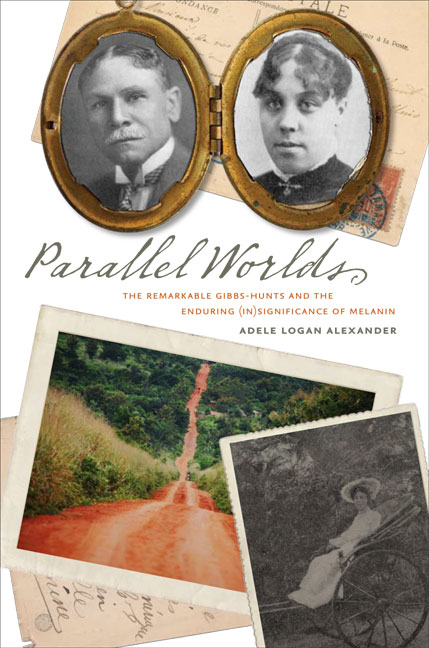Eating Behaviors
Volume 11, Issue 1, January 2010
Pages 18-24
DOI: 10.1016/j.eatbeh.2009.08.003
Valentina Ivezaj
Eastern Michigan University
Karen K. Saules
Eastern Michigan University
Flora Hoodin
Eastern Michigan University
Kevin Alschuler
Eastern Michigan University
Nancy E. Angelella
Eastern Michigan University
Amy S. Collings
Eastern Michigan University
David Saunders-Scott
Eastern Michigan University
Ashley A. Wiedemann
Eastern Michigan University
Binge eating is associated with a host of adverse outcomes, but little is known about sex and racial differences among those who binge eat. The present study examined sex and racial group differences in binge eating based on weight status within a college-student population. It was hypothesized that White women would endorse higher rates of binge eating, depression, anxiety, and body image dissatisfaction than other groups. Participants completed a web-based survey assessing depression, anxiety, body image, weight history, physical activity, smoking, and body mass index. Participants included White, Black, and Bi/Multiracial college students. Findings highlighted sex and racial differences based on binge eating and weight status. Notably, Bi/Multiracial women who endorsed binge eating behavior and who were overweight reported greater levels of anxiety than all other groups and greater levels of depression than White women and White men. Additionally, Bi/Multiracial women and White women who endorsed binge eating behavior and who were overweight reported greater body image dissatisfaction relative to Black women and White men. Future research should further explore the nature and impact of sex and race differences on binge eating.
Read the entire article here.


